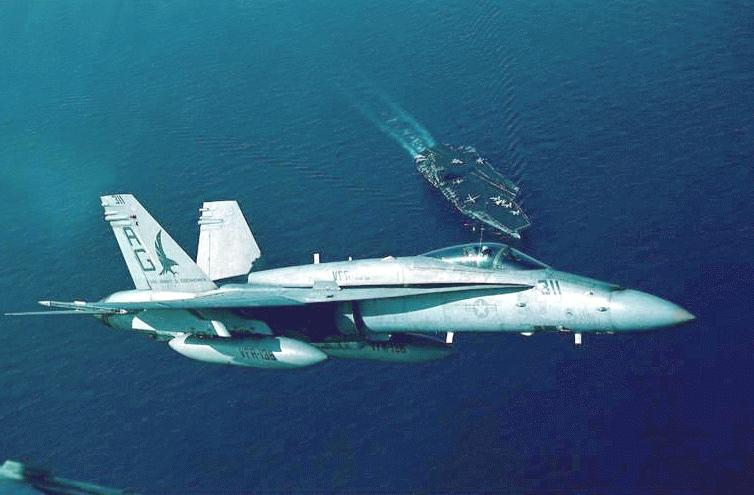Aside from any subtle aerodynamic benefits of elliptical surfaces vs straight tapered ones, the move away from rounded profiles was mostly for ease of manufacture. A rounded profile has much more complex lofting demands, especially for the stabilizer part, and is more expensive to produce. Properly done, there are going to have to be compound curves, requiring skins to be stamped in 3-dimensional dies, which has to be done in an annealed state and heat treated after, with rib flanges bent in mating contours. Compare that to a straight edge surface that only needs skins with simple 2 dimensional bends that can usually be done in the final heat treat state (for larger radius bends).
Some light aircraft, like the Cessna 170, were able to get rounded looking profiles with mostly flat skins by using just a compound curve formed leading edge skin. But even here going to a straight tail eliminated that requirement and a stabilizer could be skinned with a single wrap instead of a separate upper and lower or left and right skins and a die stamped compound curve leading edge skin. As well, think of the reduction in rivet count and labour hours in general.
Over time the straight edged shape also came to be associated with modern, so "modern looking" and "cheaper" in combination become pretty hard to beat and round surfaces disappear except in special cases.


